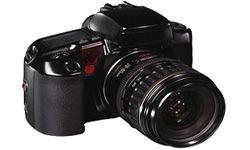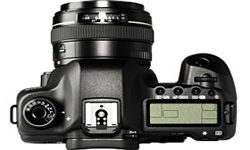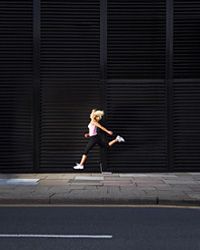French inventors Nicéphore Niépce and Louis Daguerre conceived photography in the 19th century as a way to record light by shining it on photosensitive chemical screens. Ever since, the art form has become a passion, profession, and industry, ushering in a flurry of technological advances. As such, we've formalized certain photography terms to distinguish the features of one camera over another.
In the 21st century, most photographs are taken with digital cameras and smart phones, which use sensors instead of chemicals to record images and save them as digital files. Even the most modestly priced digital cameras can take decent photos today, so high-quality photography is within the reach of almost everyone.
Advertisement
Even the best camera needs a good photographer behind it to take the best possible images. Whether you're a budding photo pro, an ardent hobbyist, or just someone who wants to take great photos at family gatherings, it pays to know the core fundamentals of photography. So make sure the lens cap is off and prepare for 10 photography terms that will help you take better photos in any situation.





